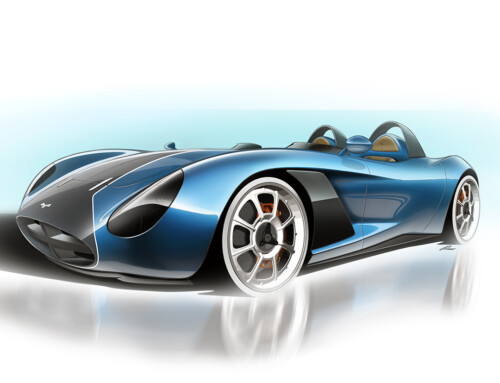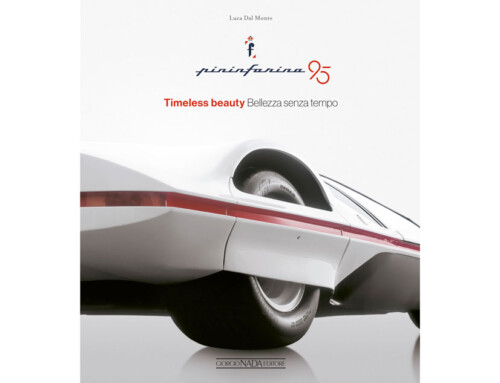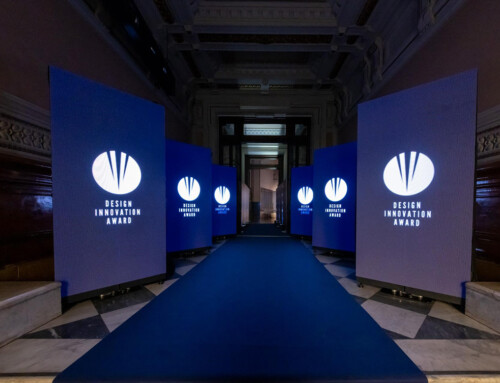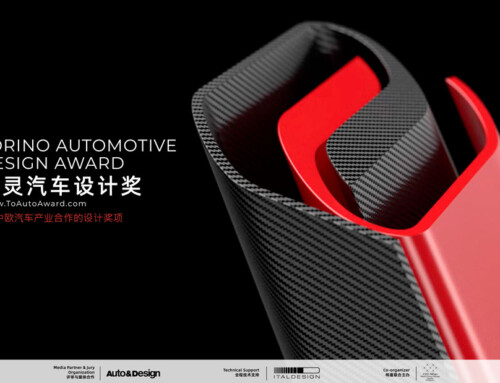It is 25 years since the Fiat Multipla was unveiled at the Turin Motor Show in 1998. Here is the original design story of the Turin MPV and of the 1996 concept car published in Auto&Design issue 101.

Roberto Giolito was appointed project manager, while Peter Jansen took care of the interior design. Mauro Basso handled the initial phase of the exterior. “As the research progressed,” says Nevio Di Giusto, head of Style/Design, Innovation and Ergonomics for the Fiat brands, “the concept seemed more and more interesting to us, so much so that we were led to hypothesise the birth of a production product.
Therefore, those elements typical of a show car were abandoned in order to develop a sustainable proposal in terms of feasibility and, once the architecture was defined, a specific platform was created. Initially, the project followed a 2+2+2 internal configuration. But it soon became clear that this was an unsuitable scheme for responding to the brief’s precise request: ‘The result was invariably a narrow, tall vehicle with a compact nose, disadvantageous in terms of engine positioning and impact absorption areas, while the boot was extremely sacrificed with the 6 seats in use and very irregularly shaped,’ explains Giuseppe Piritore, who became the head of the Multipla platform, which he currently manages together with that of the A-segment cars.
The real turning point came with the move to the 3+3 configuration, for which a specific platform was created with a space-frame structure in high-strength steel sections. The styling choices were entirely motivated by functional reasons, as the photos and drawings published on these pages show. The concept of the low-slung roof, with side and rear glazing almost perpendicular to exploit interior space, is by Nevio Di Giusto. Everything is multiple on the Multipla, even the viewpoints from which the design can be observed. Beyond the account of the development process, the car must certainly be assessed in terms of the industrial product concept. “It is important to emphasise that with the Multipla we have not applied a ‘floorpan carry-over’ concept, as is usually the case, but a ‘sub-system carry-over’ concept,” Di Giusto points out. The construction technique adopted allows extreme flexibility both in terms of the number of units produced and the possible modularity of the vehicle, at competitive costs. “During the development of the concept, we always wanted to leave avenues open for further evolution”.
Full article in Auto & Design no. 101












